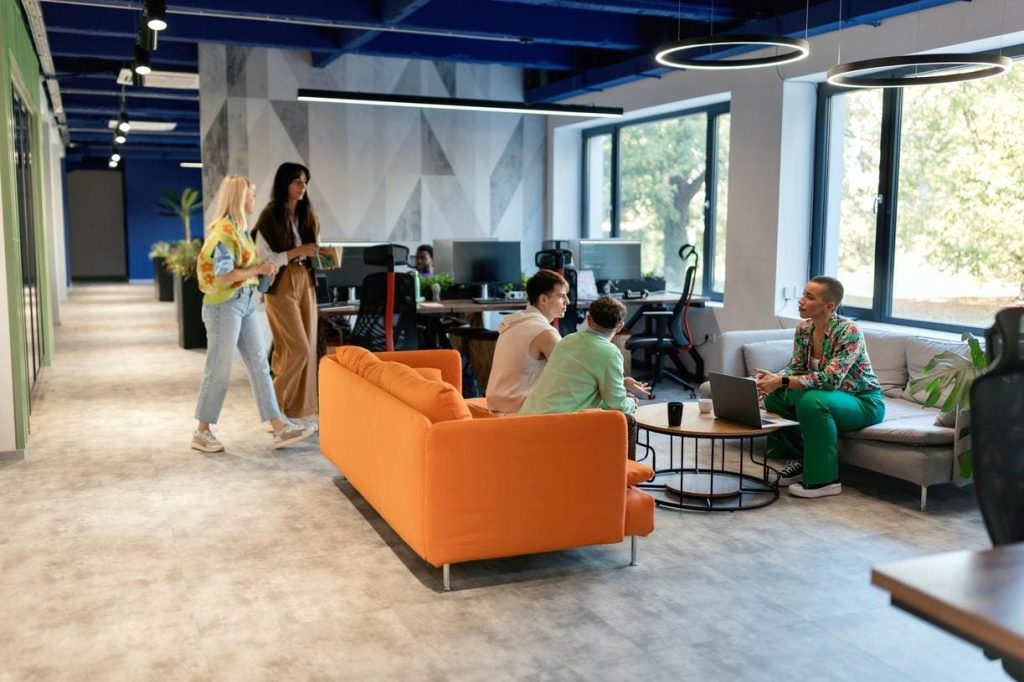The future of the office market is at a crucial point as current office occupiers are adopting and maintaining hybrid work policies, according to recent CBRE research. Despite rising office demand, competition for tenants remains intense, as highlighted in the VTS Office Demand Index (VODI) quarterly report. Landlords are now challenged to meet tenants’ evolving preferences and needs to shape the future of the office market.
To attract and retain tenants, landlords must focus on making the office a destination rather than just a workplace. Providing amenities that enhance well-being and engagement, along with flexible space options, can help differentiate office buildings and increase occupier interest. Collaborative spaces and a customizable experience where tenants can choose where they work are critical components to attracting tenants back to the office.
A tenant-centric approach is essential in creating long-term relationships with tenants. Landlords can learn from the hotel industry by providing a clear, customer-focused experience that meets tenants’ needs. Implementing tenant experience technologies can enable tenants to reserve office space, order services, and provide real-time feedback, fostering better communication and transparency between landlords and tenants.
The ongoing focus on health and safety in the workplace post-Covid-19 underscores the importance of providing a customizable experience for tenants. Building technologies that track cleanliness and ventilation, as well as allow tenants to control their environment, are crucial for creating a safe and comfortable workspace. With tenants now playing a significant role in shaping the office ecosystem, landlords must prioritize their wants and needs to maintain tenancies.
As the office market continues to evolve, the tenant experience has never been more critical. Landlords must implement the right technologies and procedures to capture tenants’ insights and adapt to their changing preferences. The ability to work from anywhere has transformed the office into a destination, requiring landlords to prioritize tenant needs to retain occupancy and shape the future of the office market. The tenant is now at the forefront of the office ecosystem, driving its future direction.


